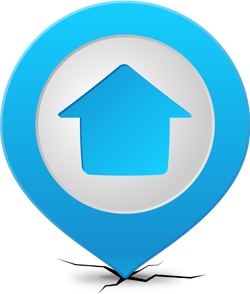Voice over IP (VoIP) & Data
Voice over IP (VoIP) is a technology that allows voice communication over the internet or private networks instead of traditional telephone lines. It converts voice signals into digital data packets and transmits them over an IP network.
How VoIP Works
1 Analog-to-Digital Conversion – Voice signals are converted into data packets.
2 Packet Transmission – Data packets are sent over an IP network (LAN, WAN, or the internet).
3 Digital-to-Analog Conversion – Packets are reassembled and converted back to audio.
4 Call Completion – The receiver hears the voice just like a regular call.
Key Components of VoIP
* IP Phones – Special VoIP phones that connect directly to the internet.
* Softphones – Software-based VoIP apps (e.g., Zoom, Microsoft Teams, WhatsApp).
* VoIP Gateways – Devices that connect traditional telephones to VoIP networks.
* SIP Protocol (Session Initiation Protocol) – A common protocol for VoIP communication.
* PBX (Private Branch Exchange) – A VoIP server that manages internal/external calls.
* Cloud-Based VoIP Services – Hosted VoIP solutions like Skype, Zoom, Google Voice.
Advantages of VoIP
✅ Cost-Effective – Lower call costs compared to traditional phone lines.
✅ High Flexibility – Can be used on mobile, desktop, or dedicated VoIP phones.
✅ Scalability – Easily expand to more users and locations.
✅ Advanced Features – Voicemail, call forwarding, video calls, conference calls.
✅ Integration with Data Services – Can work alongside CRM, email, and collaboration tools.
VoIP & Data Integration
* Unified Communications (UCaaS) – VoIP integrated with video conferencing, messaging, and file sharing.
* Cloud VoIP Solutions – Hosted VoIP services reduce infrastructure costs.
* QoS (Quality of Service) – Ensures smooth VoIP calls by prioritizing bandwidth.
* VoIP Security – Uses encryption (TLS, SRTP) and VPNs for secure communication.
Use Cases of VoIP
* Business Communications – Remote teams, customer support, and sales teams.
* Education & E-Learning – Online classes, webinars, and virtual meetings.
* Healthcare – Telemedicine and virtual patient consultations.
* Call Centers – Cloud-based VoIP for customer service.
* Personal Use – WhatsApp, Skype, and FaceTime for everyday calls.
 Kempala Uganda
Kempala Uganda  +256 703696899
+256 703696899
